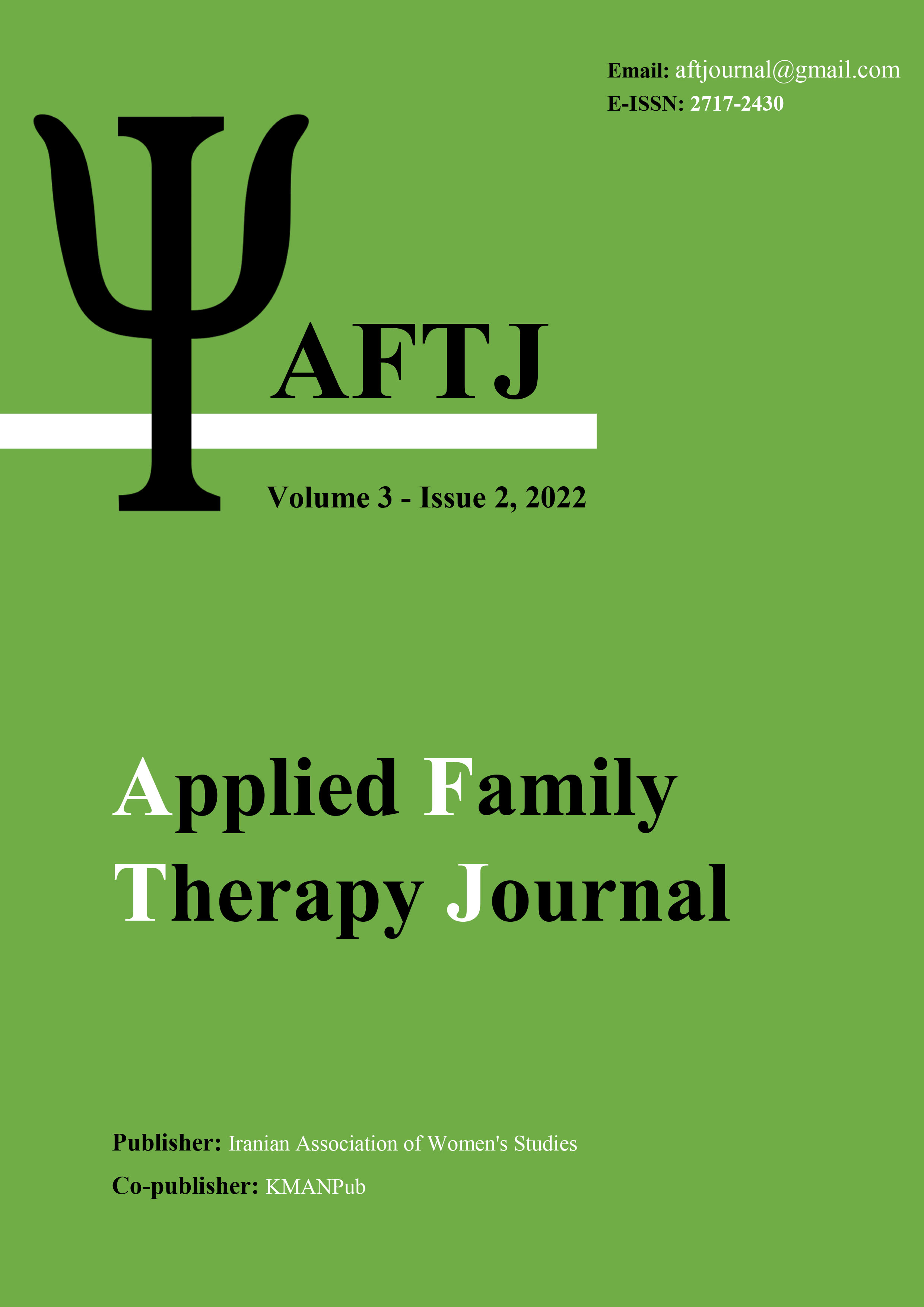Investigating the modeling of communication patterns and marital intimacy based on attachment styles and thematic relationships mediated by coping styles
Keywords:
communication patterns, marital intimacy, attachment styles, thematic relationships, coping stylesAbstract
Aim: This study was conducted to investigate the modeling of communication patterns and marital intimacy based on attachment styles and thematic relationships mediated by coping styles. Methods: The research method of this study is descriptive-survey-correlation; the statistical population of this study included students studying and married in Islamic Azad universities of Tehran province who had been married for at least 2 years. Using Cochran's formula, 385 people were selected by convenience sampling method and the Thompson and Walker Marital Intimacy Questionnaire (OMEIS-2), Christensen & Salawi Communication Patterns Questionnaire (CPQ), Collins and Reed Attachment Style Questionnaire ( (RAAS), Bell Thematic Relationships Questionnaire (BORRTI) and Lazarus Coping Questionnaire (1988) answered and correlation test, regression analysis and structural equation modeling were used. EMOS software and version 26 of SPSS software were used for statistical tests. Results: According to Baron-Kenny algorithm, since the path of coping styles to marital intimacy is significant, it can be concluded that coping styles have a partial mediating role. The whole model explains 2.2% of marital intimacy. Problem-oriented coping 2.4% and emotion-oriented coping 4.5% explain marital intimacy. The AIC index also shows that the indirect effects model is almost more economical than other models. Conclusion: The fit indices of the model Analysis of the path of predicting marital intimacy based on thematic relationships showed that the fit indices of the indirect effects model are better than other models. The Acaic Index (AIC) also shows that the indirect effects model is almost more economical than other models.
Downloads
Downloads
Published
Issue
Section
License

This work is licensed under a Creative Commons Attribution-NonCommercial 4.0 International License.





















